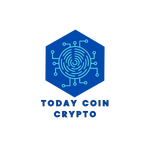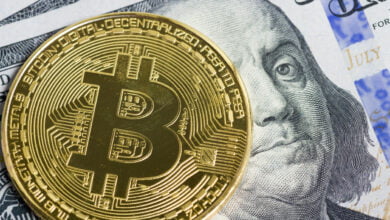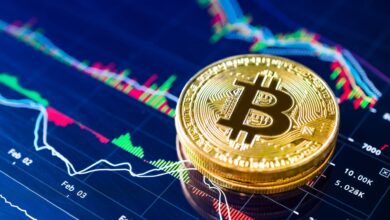Cryptocurrency Trading Bots: Automating Your Investments

Table of Contents
In the rapidly evolving landscape of financial markets, the emergence of cryptocurrency trading bots has introduced a groundbreaking paradigm shift, enabling investors to automate and optimize their digital asset investments. These innovative tools harness the power of artificial intelligence and algorithmic strategies to execute trades, analyze market trends, and manage portfolios with unprecedented efficiency.
This article delves into the world of cryptocurrency trading bots, exploring their functionalities, benefits, potential risks, and the transformative impact they wield on the way individuals engage with the dynamic realm of digital currencies. As we navigate through this exploration, we unravel the intricate interplay between cutting-edge technology and financial prowess, illuminating how these automated agents have the potential to reshape the landscape of modern investment practices.
A Comprehensive Exploration of Cryptocurrency Trading Bots and Their Role in Optimizing Your Investments
In the rapidly evolving landscape of cryptocurrency trading, technology has introduced a game-changing tool: cryptocurrency trading bots. These automated software programs are designed to execute trades on your behalf, leveraging advanced algorithms and real-time data analysis to optimize your investment strategy. This comprehensive exploration will delve into the inner workings of cryptocurrency trading bots and shed light on their pivotal role in enhancing your investment outcomes.
Understanding Cryptocurrency Trading Bots: Cryptocurrency trading bots are computer programs that autonomously execute trading strategies based on predefined parameters set by the user. These parameters can range from simple instructions, such as buying or selling at specific price points, to complex algorithms that analyze multiple indicators, trends, and market conditions.
The Mechanics Behind Cryptocurrency Trading Bots: These bots operate by continuously monitoring cryptocurrency markets and reacting to price movements at a speed and accuracy unattainable for human traders. They can swiftly execute trades across various exchanges, seize opportunities in volatile markets, and even manage multiple trading pairs simultaneously. The algorithms they employ can be trend-following, arbitrage-based, market-making, or sentiment-driven, depending on the user’s preferences.
Optimizing Investment Strategy: One of the primary benefits of utilizing cryptocurrency trading bots is their potential to optimize your investment strategy. By swiftly processing vast amounts of market data and executing trades accordingly, these bots aim to capitalize on market inefficiencies, capture fleeting opportunities, and minimize the impact of emotional decision-making.
Risk Management and Emotional Detachment: Emotions often lead to impulsive trading decisions, which can be detrimental to investment success. Cryptocurrency trading bots eliminate emotional factors by adhering strictly to predefined rules and strategies. This contributes to better risk management, preventing traders from making decisions driven by fear or greed.
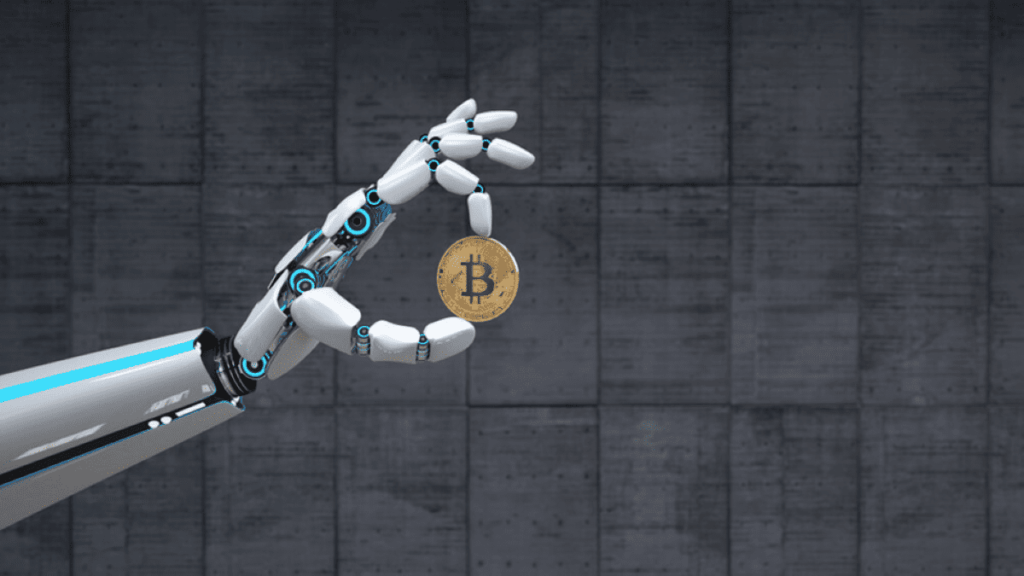
Delving Deep into Cryptocurrency Trading Bots and How They Can Revolutionize Your Investment Strategy
In the dynamic realm of cryptocurrency markets, a revolutionary force has emerged: cryptocurrency trading bots. These sophisticated tools have the potential to transform your investment strategy by leveraging automation, data analysis, and precision execution. This exploration will take you deep into the world of cryptocurrency trading bots, showcasing their ability to reshape your approach to investing.
Unleashing Automation for Strategic Advantage: Cryptocurrency trading bots operate around the clock, executing trades in real-time based on meticulously crafted strategies. This automation eliminates the need for constant monitoring and manual intervention, enabling traders to capture opportunities and respond to market fluctuations promptly.
Harnessing Data for Informed Decisions: A cornerstone of effective trading is informed decision-making. Cryptocurrency trading bots gather and analyze vast amounts of market data, incorporating factors like price trends, trading volumes, and technical indicators. This data-driven approach empowers bots to execute trades with a level of precision that can be challenging for human traders to consistently achieve.
Revolutionizing Strategy Implementation: Cryptocurrency trading bots can revolutionize your investment strategy by accommodating diverse trading methodologies. Whether you’re a day trader, swing trader, or long-term investor, these bots can be programmed to execute strategies that align with your risk tolerance and investment goals.
Backtesting and Iterative Improvement: To ensure the effectiveness of a trading strategy, cryptocurrency trading bots often allow for backtesting. This involves applying historical market data to the bot’s algorithm and assessing its performance. Traders can then refine and optimize their strategies based on the insights gained from backtesting, enhancing the bot’s ability to adapt to different market conditions.
Also read: Aether Smart Contracts: Enabling Trustless Transactions
Demystifying Cryptocurrency Trading Bots and Their Profound Impact on Modern Investment Practices
The world of investment has undergone a paradigm shift with the advent of cryptocurrency trading bots. These sophisticated pieces of software have overturned traditional investment practices, introducing a new era of efficiency and opportunity. In this exploration, we’ll demystify cryptocurrency trading bots and unveil the profound ways they are reshaping modern investment approaches.
Breaking Down the Cryptocurrency Trading Bot Phenomenon: At its core, a cryptocurrency trading bot is a tool designed to autonomously execute trades in the volatile and fast-paced world of cryptocurrencies. By integrating complex algorithms, these bots can make split-second decisions based on market data, potentially giving traders a competitive edge.
A New Level of Accessibility: Cryptocurrency trading bots have democratized the investment landscape by making sophisticated trading strategies accessible to a broader range of individuals. Traders no longer need extensive technical knowledge or constant monitoring of markets; these bots handle the heavy lifting, allowing both novice and experienced traders to participate more confidently.
Elevating Precision and Consistency: Human traders are susceptible to emotional biases that can lead to impulsive and suboptimal decisions. Cryptocurrency trading bots eliminate this emotional factor, executing trades with unwavering precision and consistency. This can result in better risk management and more disciplined adherence to the chosen investment strategy.
Driving Innovation and Evolution: The rise of cryptocurrency trading bots has spurred innovation in trading strategies and algorithm development. Traders and developers continuously refine and create new algorithms to adapt to evolving market conditions, leading to a cycle of innovation that drives the field forward.
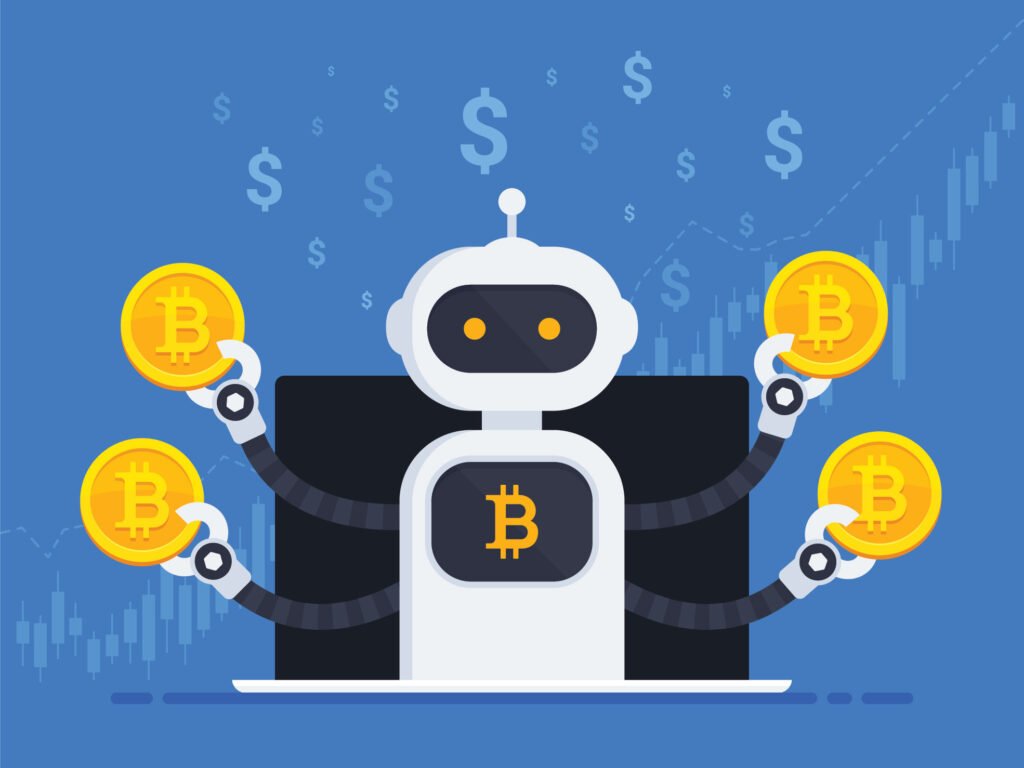
Navigating the World of Cryptocurrency Trading Bots for Enhanced Investment Returns
Cryptocurrency trading bots have revolutionized the way investors engage with the dynamic and often volatile world of digital assets. These automated tools are designed to execute trading strategies on behalf of users, making real-time decisions based on predefined parameters and market conditions. Navigating this innovative landscape can be both exciting and complex, offering the potential for enhanced investment returns, but also requiring a solid understanding of how these bots work and the risks involved.
Understanding Cryptocurrency Trading Bots:
Cryptocurrency trading bots are software programs that interact with various cryptocurrency exchanges and markets. They analyze market data, such as price movements, trading volumes, and technical indicators, to identify potential trading opportunities. These bots can execute buy and sell orders, manage portfolios, and even implement advanced strategies like arbitrage (exploiting price differences across different exchanges) or trend-following.
Enhanced Investment Returns:
One of the primary motivations for using trading bots is the potential to enhance investment returns. Bots can operate 24/7, reacting swiftly to market changes and executing trades at the optimal moment, which can be challenging for human traders. Moreover, trading bots eliminate emotional biases that might lead to impulsive decisions, and they can handle multiple trading pairs simultaneously, providing diversified exposure to the market.
Risk Factors and Considerations:
While trading bots offer promising benefits, it’s crucial to recognize the associated risks:
- Technical Risks: Bots are only as effective as their programming and the strategies they employ. Bugs, glitches, or incorrect parameters can lead to losses.
- Market Volatility: Cryptocurrency markets are known for their extreme volatility. Sudden price swings can trigger unexpected trading actions by bots.
- Over-Optimization: Over-optimizing a bot for past market data may lead to poor performance in changing market conditions.
- Security Concerns: Bots require API keys to access your exchange accounts, potentially exposing your funds to security breaches if not managed properly.
Selecting the Right Bot:
Choosing the right trading bot requires careful consideration of factors like strategy, supported exchanges, customization options, and user reviews. Some popular cryptocurrency trading bot platforms include HaasOnline, 3Commas, and Cryptohopper.
Maximizing Your Investment Potential through Cryptocurrency Trading Bots – A Comprehensive Analysis
Cryptocurrency trading bots have emerged as a sophisticated solution for investors looking to maximize their investment potential in the volatile and fast-paced realm of digital currencies. This comprehensive analysis delves into the intricacies of using trading bots to optimize investment outcomes, exploring their benefits, strategies, risk factors, and key considerations.
The Power of Automation:
Cryptocurrency trading bots bring automation to the trading process, enabling investors to execute strategies without constant manual intervention. This is particularly advantageous in the 24/7 cryptocurrency markets, where prices can change dramatically at any time.
Diverse Trading Strategies:
Trading bots can be configured to implement a wide range of trading strategies, including:
- Market Making: Placing buy and sell orders to profit from the spread between bid and ask prices.
- Arbitrage: Exploiting price discrepancies across different exchanges or markets.
- Trend Following: Executing trades based on identified market trends and indicators.
- Portfolio Rebalancing: Ensuring a predefined asset allocation by periodically buying or selling assets.
Risk Management and Backtesting:
A crucial aspect of using trading bots effectively is risk management. Bots allow you to set stop-loss, take-profit, and other risk management parameters to protect your investment. Furthermore, backtesting – simulating bot strategies on historical data – helps refine and optimize trading algorithms before deploying them in live markets.
Continuous Operation and Emotional Discipline:
Trading bots operate tirelessly, removing the emotional element from decision-making. Emotions like fear and greed can lead to impulsive actions, which trading bots help mitigate. Their consistent execution can lead to a disciplined approach to trading.
Selecting the Right Bot:
Choosing a suitable trading bot involves evaluating factors like:
- Strategy Customization: The ability to fine-tune bot strategies to align with your risk tolerance and investment goals.
- Supported Exchanges: Ensuring the bot supports the cryptocurrency exchanges you wish to trade on.
- Security Measures: Strong security protocols to safeguard your API keys and funds.
Also read: Exploring the Potential of Aether: Decentralized Finance and Beyond
FAQS
Q: What are cryptocurrency trading bots?
A: Cryptocurrency trading bots are software programs that automate the process of buying, selling, and managing digital assets on various cryptocurrency exchanges.
Q: How do cryptocurrency trading bots work?
A: These bots use algorithms and predefined trading strategies to analyze market data, make decisions, and execute trades on behalf of the user.
Q: What are the benefits of using cryptocurrency trading bots?
A: Trading bots can operate 24/7, execute trades faster than humans, remove emotional bias, and potentially capitalize on market opportunities even when the user is not actively monitoring the market.
Q: Are cryptocurrency trading bots suitable for beginners?
A: While some bots offer user-friendly interfaces, beginners should have a basic understanding of cryptocurrency markets and trading strategies before using trading bots effectively.
Q: What types of trading strategies can these bots implement?
A: Cryptocurrency trading bots can employ strategies such as market making, arbitrage, trend following, and technical analysis-based trading.
Q: Do I need to be a programmer to use trading bots?
A: Not necessarily. Some platforms offer user-friendly interfaces that don’t require coding skills, while others might allow more advanced users to customize their bot’s strategies.
Q: What are the risks of using cryptocurrency trading bots?
A: Bots can make mistakes if not configured properly, and they can’t predict unpredictable market events. Users should also be cautious of scams and choose reputable bot providers.
Q: Can trading bots guarantee profits?
A: No, trading bots can’t guarantee profits. Cryptocurrency markets are volatile and unpredictable, and there’s always a risk of financial loss.
Q: Are there any costs associated with using cryptocurrency trading bots?
A: Yes, there are often costs involved, including subscription fees for using the bot and potential trading fees on the exchanges where the bot operates.
Q: How do I choose the right cryptocurrency trading bot?
A: Consider factors like the bot’s track record, supported exchanges, available strategies, user reviews, and customer support when choosing a trading bot.
Q: Are cryptocurrency trading bots legal?
A: Yes, using cryptocurrency trading bots is generally legal. However, users should comply with local regulations and terms of use on the platforms they trade on.
Q: Can I use multiple bots simultaneously?
A: Yes, some traders use multiple bots to diversify their strategies and potentially enhance their trading outcomes.
Q: Is continuous monitoring required when using trading bots?
A: While trading bots can operate autonomously, periodic monitoring is recommended to ensure they are performing as expected and to make adjustments if needed.
